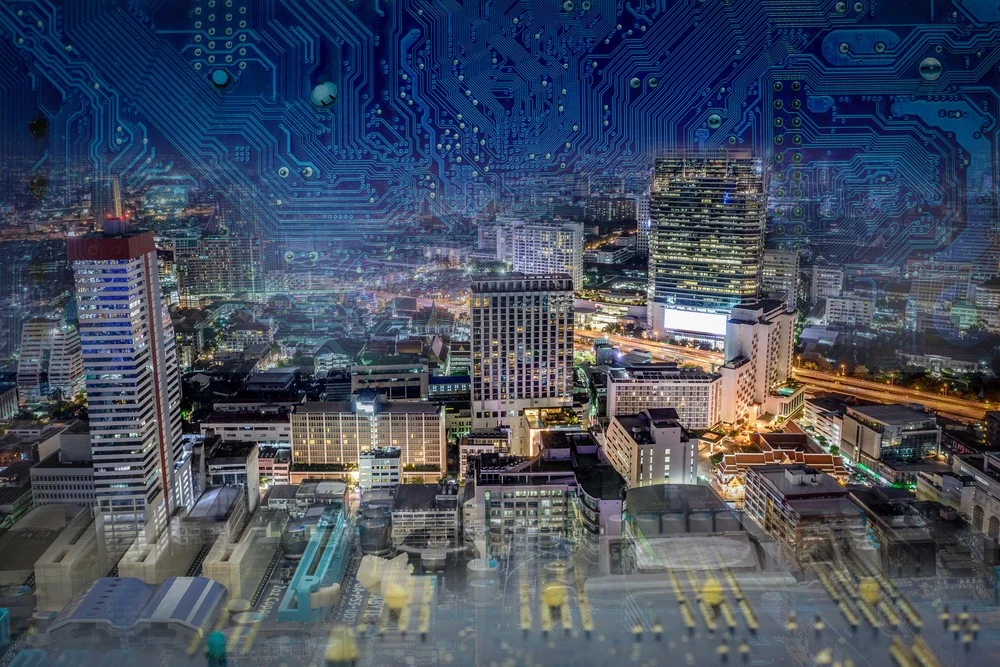This Is How IoT and Machine Learning Will Change The World
Now more than ever, people are talking about the impact AI and machine learning will have on our society. Especially when everyday consumers and technology users see headlines like this: Facebook Shuts Down Robots After They Invent Their Own Language.
The truth is, for as much as we know about the potential of automation, artificial intelligence, chatbots, and more, we still aren’t quite sure about all the things we don’t know. With every new discovery and step forward comes a range of both technological and moral implications of those very innovations.
What we can say for sure is that we are becoming increasingly connected. A good analogy for it would be to say that we, as a modern society, are beginning to operate and function similarly to open-source code. We are learning that it’s more beneficial to share our information than it is to withhold it, because it’s through sharing that we are better able to find what it is we’re looking for, faster and more effectively. Of course, the shadow of this level of connection is when things like advertising targeting cross the line between accuracy and intrusiveness.
The entire purpose behind innovations in the IoT space is to help information move between parties effortlessly, seamlessly, and with a sense of pleasant surprise. For as much as we condemn technology and the ways digital messaging interferes with our everyday lives, we can all recall a moment when the right message has appeared at the right time, creating a perfect user experience. Tiny moments like these are what motivate us to keep pushing forward. We, as fast-paced consumers, believe that very moment can (and should) happen everywhere, all the time.
Digital platforms are becoming more intimately integrated with everyday objects. A timely example would be Amazon’s decision to purchase Whole Foods. That decision was not made because Jeff Bezos has a personal interest in organic food (maybe he does, who knows), but because he, and Amazon’s leadership team, sees value in leveraging their knowledge of online shopping and product shipping to improve the way consumers shop for their groceries. In fact, they’ve already pulled back the curtain with their Amazon Go grocery store, which allows customers to walk and add the products they want to buy through their digital shopping cart, and then leave without having to talk to a cashier. Everything is automatically charged to your Amazon account.
From there, you can imagine how machine learning capabilities will begin to improve upon that process. Amazon will begin to recognize what products you purchase most often and send push alerts to promote discounts or deals on your favorite items, and even offer to duplicate your order and have it sent directly to your home. It’s this very thought process that tends to instigate fear in some people, but come on… who wouldn’t want groceries delivered to their home every week? How convenient is that?
Now, playing devil’s advocate here, another example of how machine learning could both become extremely helpful but also potentially intrusive is an idea we came up with at Chronicled about a connected toothbrush. Once you have something as trivial as a toothbrush with a sensor in it, tracking your hygiene habits and behaviors, then the implications of that data tracking can directly impact the relationship you have with your health insurance provider. They may notice that you’re not brushing your teeth the recommended number of times a day and decide to increase your monthly premium.
What most people don’t realize is that we already have the technology to create things like a connected toothbrush. The challenge lies more so in actually tracking that data, and then using machine learning to analyze and provide reactive responses to it — an insurance company recognizing a behavioral shift and deciding to increase or decrease your monthly premium, for example.
The thing to remember with these sorts of emerging technologies is that they can be extremely powerful and beneficial, but as with anything else, in excess they can become intrusive. Even with the connected toothbrush example, insurance companies that abuse data collection practices can end up taking advantage of customers — which is why I, and many others in this space, are advocates for moving into a world where consumers own their own data, which can be done through use of the Blockchain.
Regardless, it’s important to note that we’re past the point of hypothesis. These advancements in machine learning and connectivity are already happening. We’re at the point of questioning and refinement. Now that we’re seeing how these practices will take place in our everyday lives, what can we do to integrate them without disrupting the fabric of our society?

